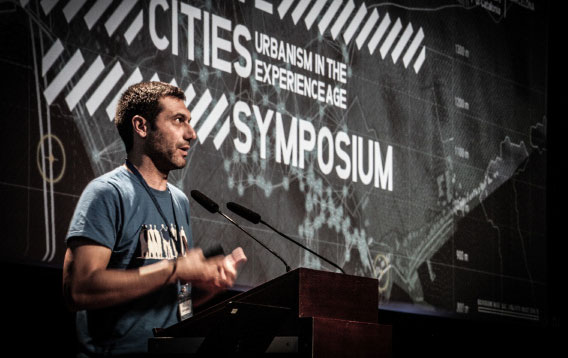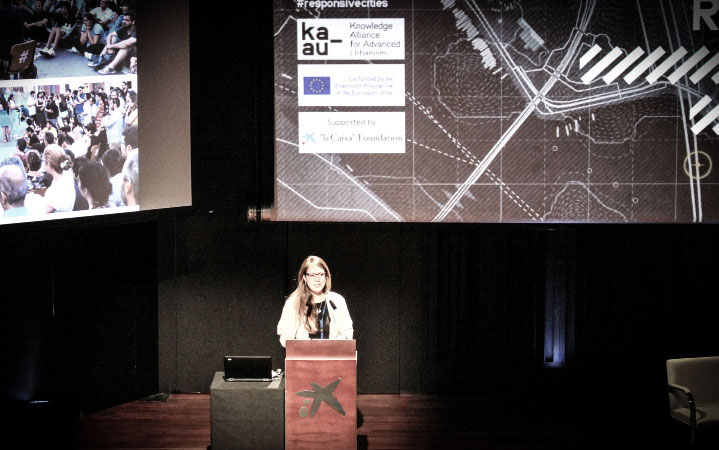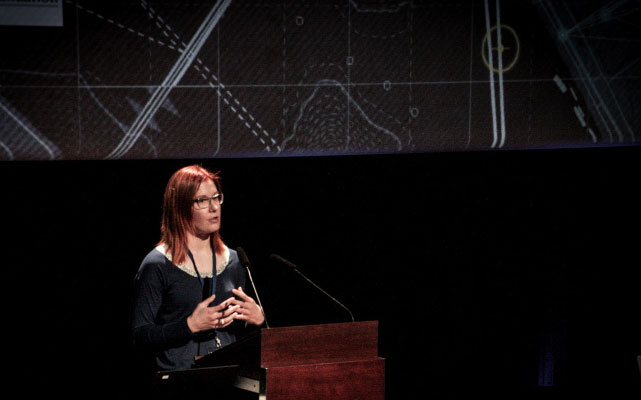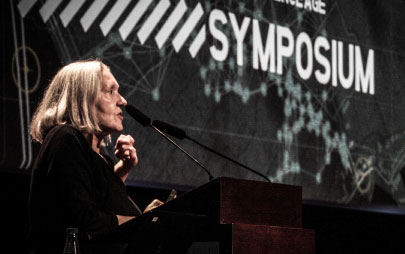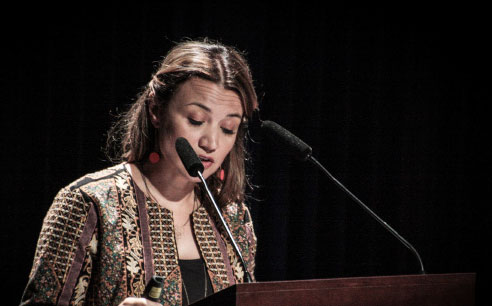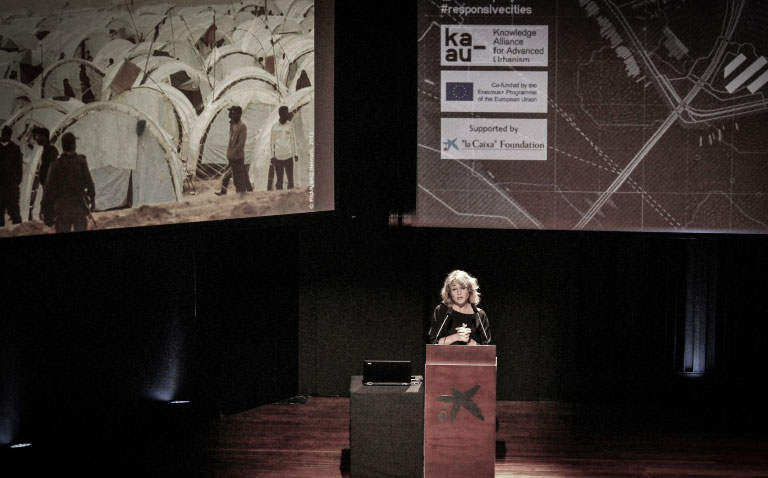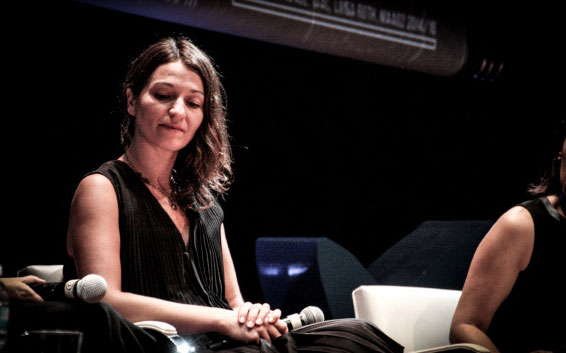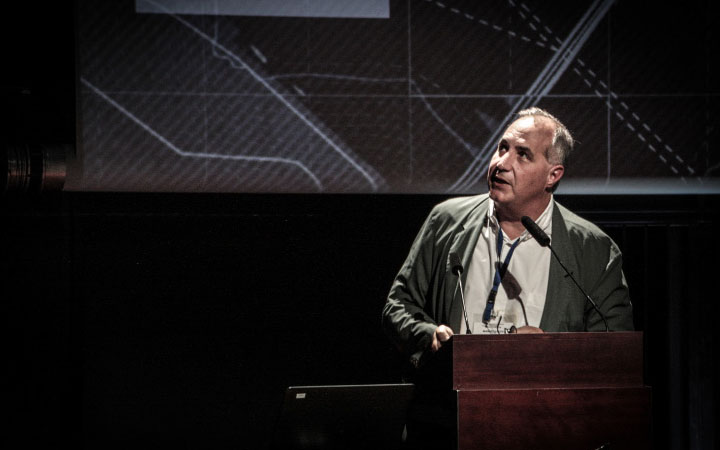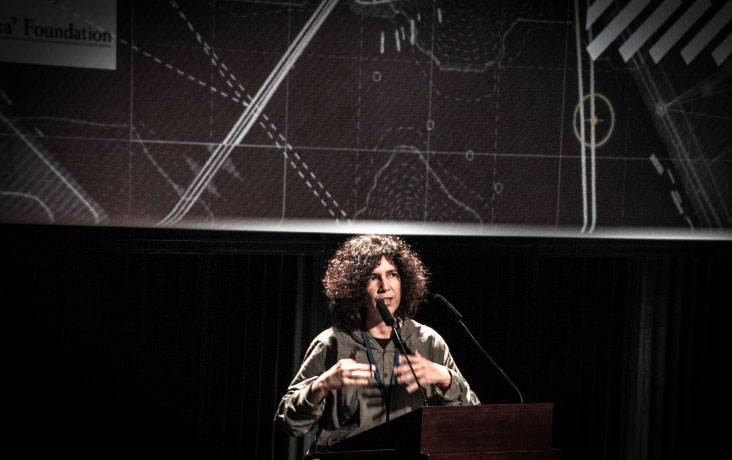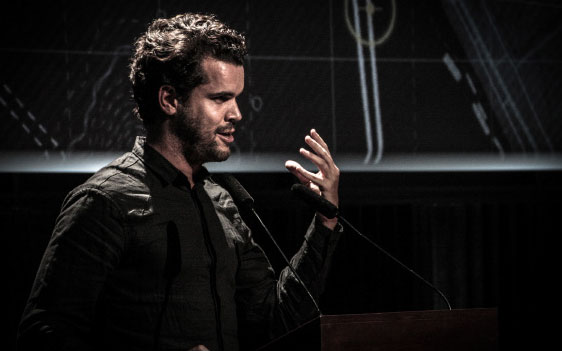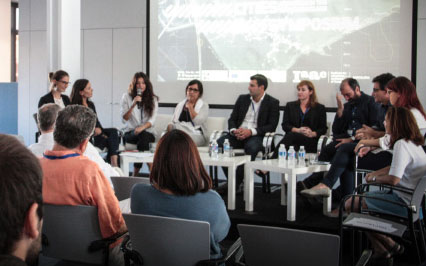The first edition of the Responsive Cities Symposium, chaired by Areti Markopoulou, with program chairs Chiara Farinea and Mathilde Marengo, has just closed its doors establishing itself as a major event in the architectural debate.
Fifteen outstanding keynote speakers, fifty-four international panelists and more than 400 visitors animated the two-day gathering, held in Barcelona CaixaForum on the 16th and 17th of September 2016 and followed online by more than 700 spectators.
Download: D2.1 > report IAAC Symposium Responsive Cities
Download: Symposium Proceedings
Questions addressed
How can cities exploit citizens potential?
Living better with sharing People gather in cities with different needs of services or interests while…
How can we establish the common city?
Barcelona requires us to fight against inequalities. Ecology and the challenge against climate change are the elements…
Is the gaming approach a possible tool for citizen inclusion?
Gaming platforms as tools for town planning in the real world Colossal Order is a nineteen-people…
What are we talking about when it gets to technology?
Entering the inners of technology What are we really talking about when it gets to technologies?…
Is the idea of self sufficiency compulsive?
The rise of closed worlds We live in offices. We spend our life in atmospherically sealed…
Can we define a new transversal approach to the city?
Looking for adaptive cities UN-habitat promotes socially and environmentally sustainable cities with the goal of providing adequate…
Can the city think? How to design for resilience?
How to design for the responsive city? Today we have the knowledge and means to realize…
How can data help us in representing city’s methabolism?
City’s call for new representation 300000kms is a group of architect and planning based in Barcelona…
Can we anticipate, adapt, integrate and operate cities?
The greatest revolution of information Interact and interactive information in between people, space, complexities is the…
How do we re-learn our urban environment?
Adhocracy in contemporary city Adhocracy is the system of flexible and informal organization and management in place…
How to solve issue locally to influence the globality?
FabCities for global improvement More than 200 years since the Industrial Revolution, global urbanisation keeps accelerating. United…
How to build an educational program on “Advanced Urbanism”?
We understand Advanced Urbanism as the sensitive integration of technology in city. Advanced Urbanism is about merging technologies,…
Programme for symposia
Over the last decades a new generation of cities and new city-planning paradigms have emerged. Urban development leaders and governments throughout the world has begun to consider innovative systems driven by information and communication technologies to be critical drivers with which to face today’s urban challenges. Cities have started to invest in technology through the implementation of new transport management systems, water and contamination monitoring systems, smart energy grids and energy efficient buildings, to name a few. The intelligent systems and devices formed a new hidden layer enhancing performances but basically remaining separate from the city’s materiality and spatiality. This hidden layer took the name of Smart City and it is the expression of the Information Age, a period dominated by information accumulation, organization and transmission through desktop computers. During the Information Age the role of architects and urbanists in generating visions for the city’s future has started to fade, and the Smart City began to be theorized, described and developed by IT companies. Today’s advances create a scenario where technology has started to be embedded in our everyday life in such ways that it is becoming part of our bodies and surrounding environment, hence overcoming the desktop era. Wearable and VR technologies allow us to interact with each other and with the environment at augmented levels. Objects are interacting with us, building skins are becoming interfaces and architecture is becoming a series of evolutionary organisms, able to react, in real time, to multiple agents such as the environment, time or user needs. It seems that the Information age is giving way to the Experience age, characterized by a high level of physical interaction and emotional involvement. In this context, the Urbanism in the Experience Age Symposium claims a renewed active role for architects: the objective is to go beyond the limitations of the “Smart City” vision, investigating “Advanced Urbanism”, intended as the practice of designing and planning receptive and reactive spaces, rather than the mere application of technological systems. Such a vision requires to rethink our design tools and planning processes, as well as the invitation to revise the educational models surrounding urban sciences. The city planned following the Advanced Urbanism paradigm is a Responsive City that, through new communication protocols and design approaches, becomes an adaptive, emotional and experiential environment, able to hyper-connect and process information, changing its shape and performance according to the contingencies.


